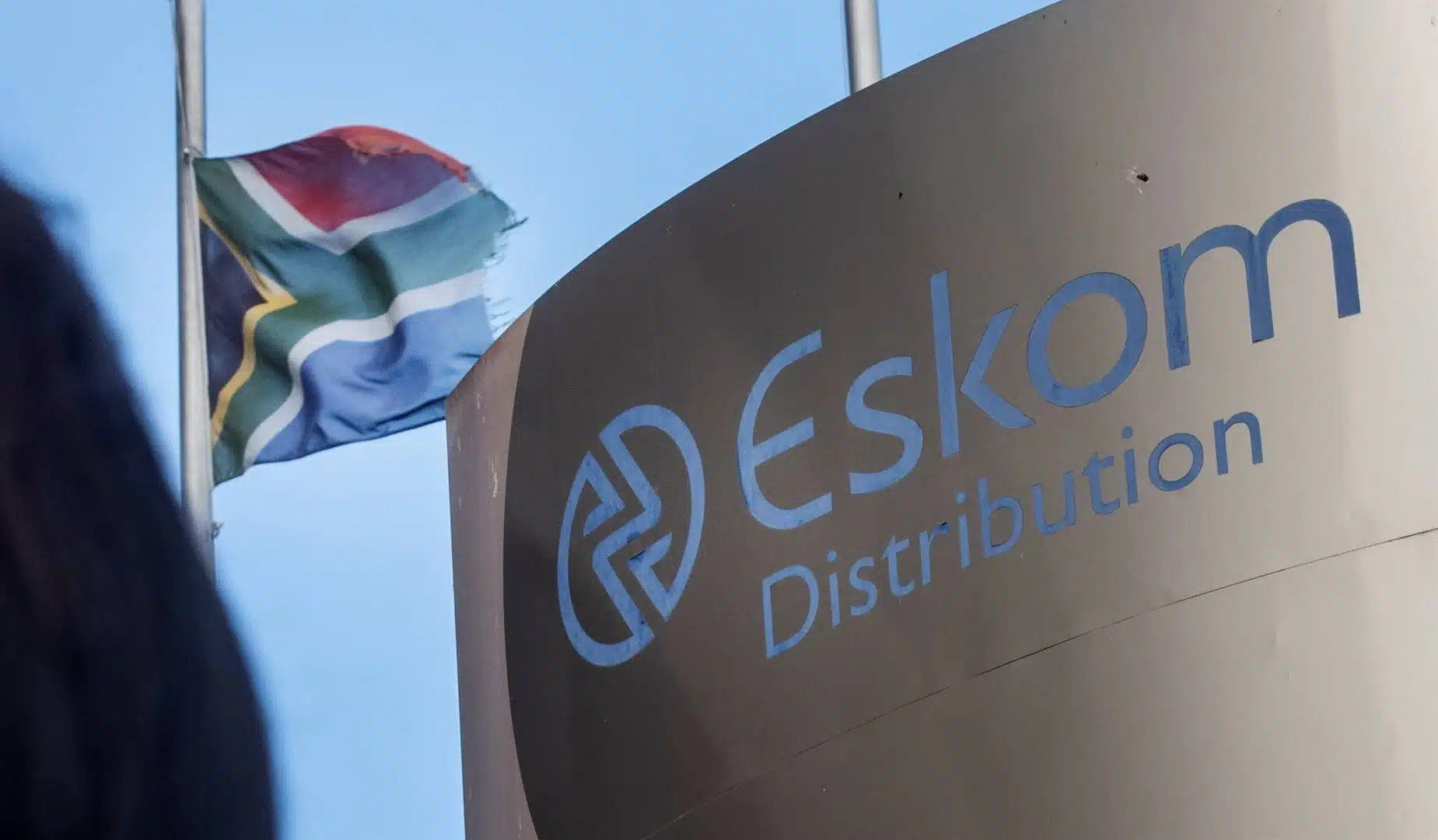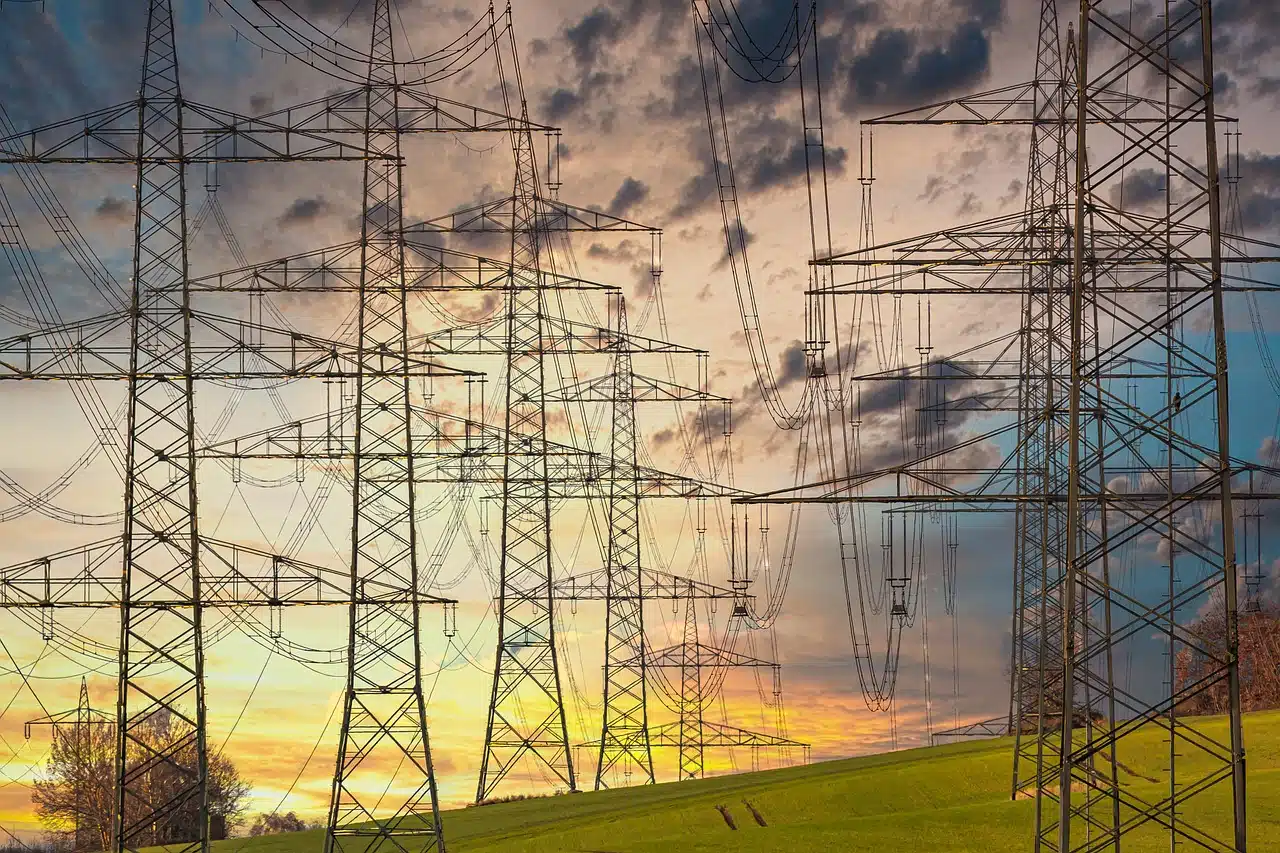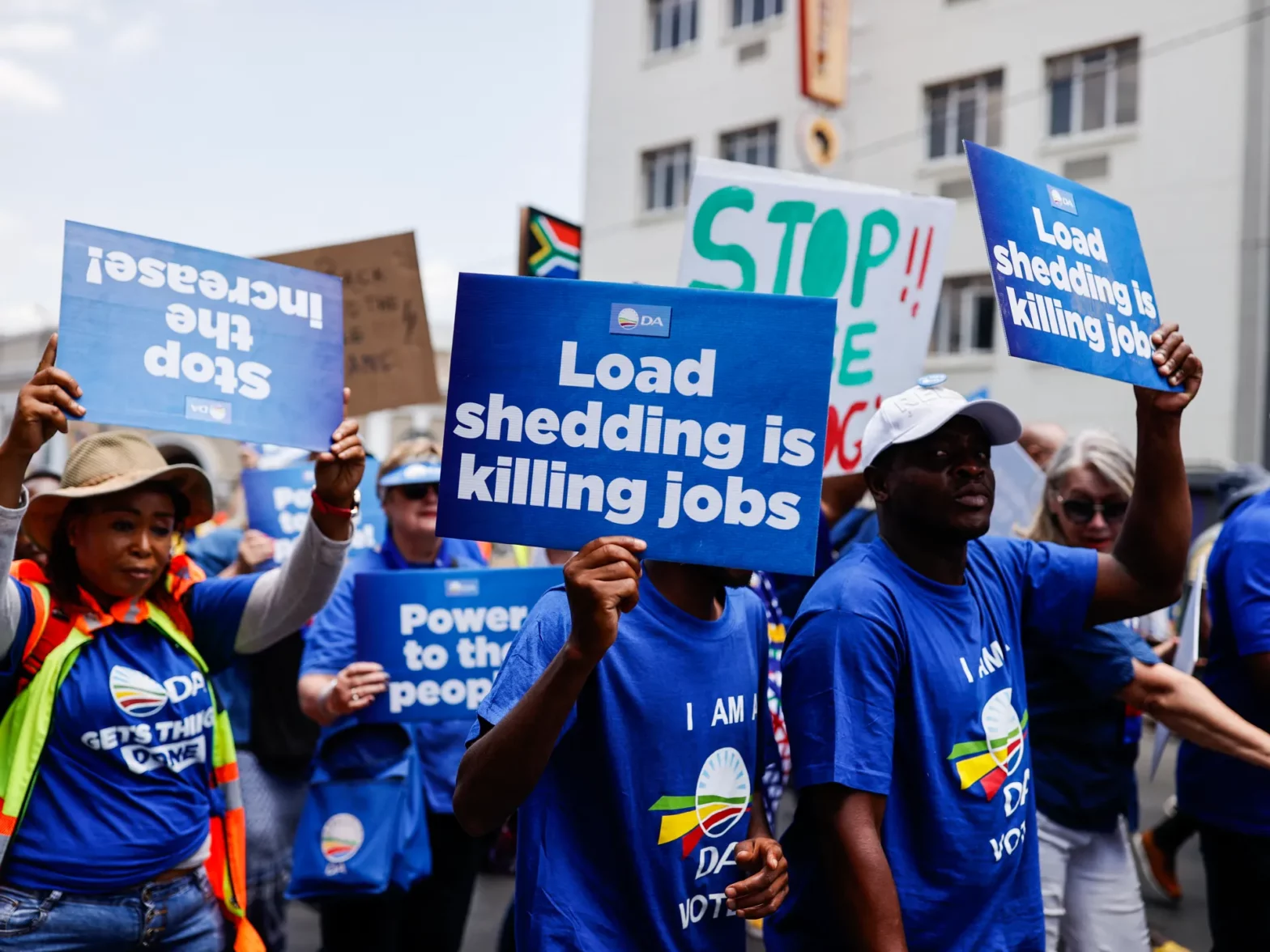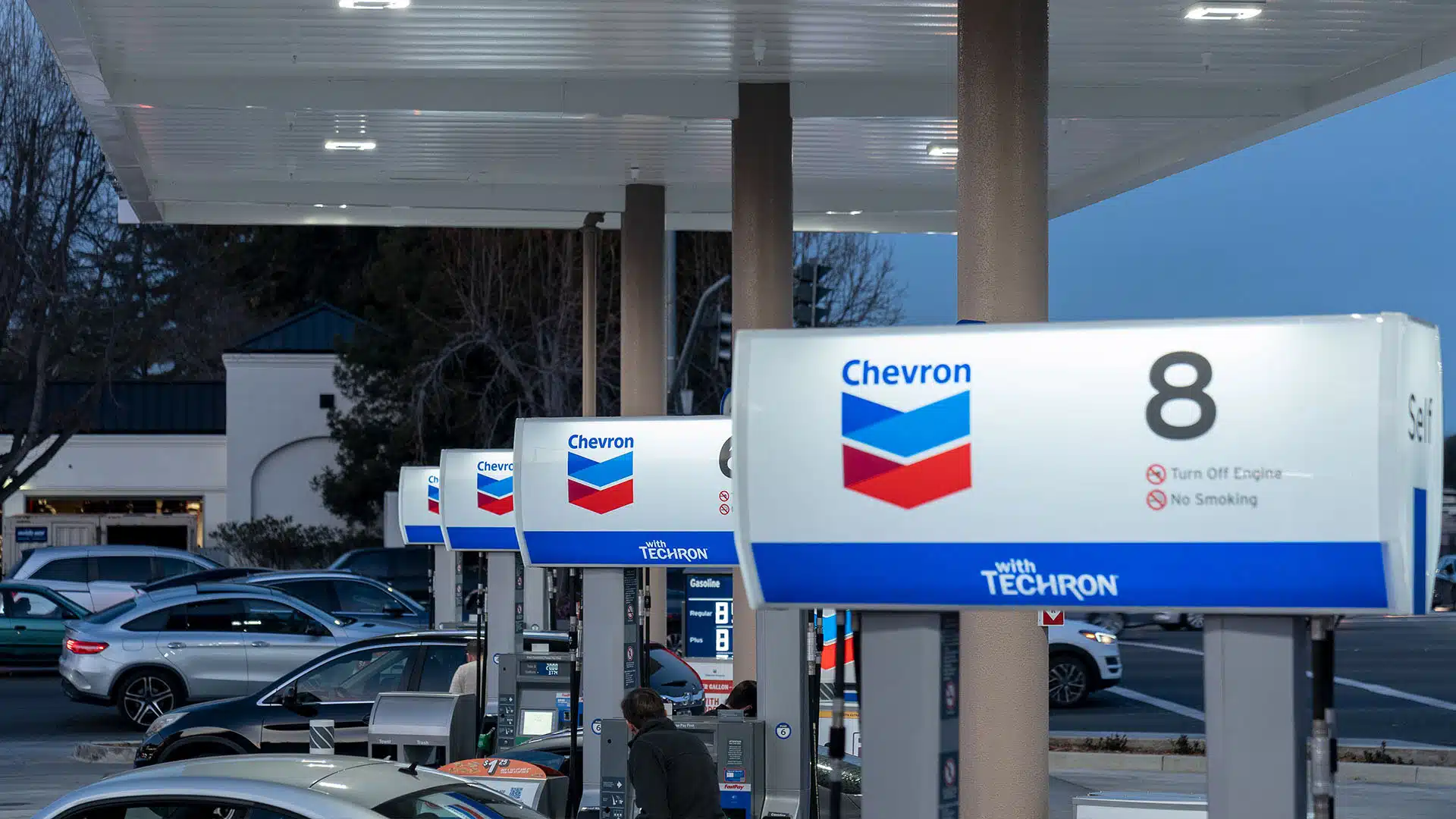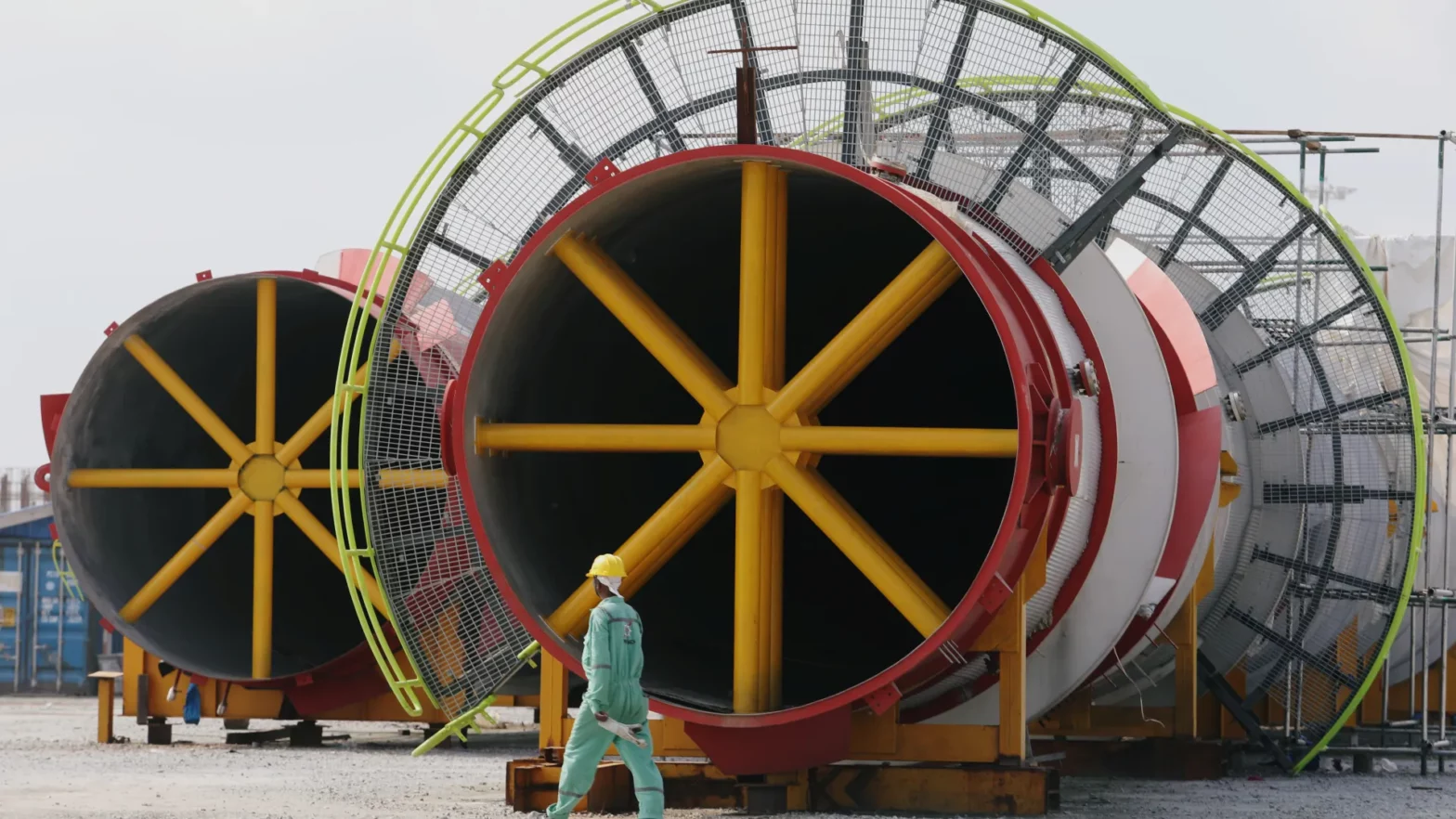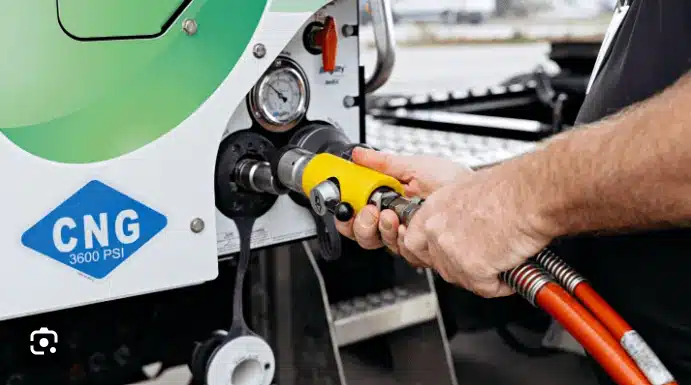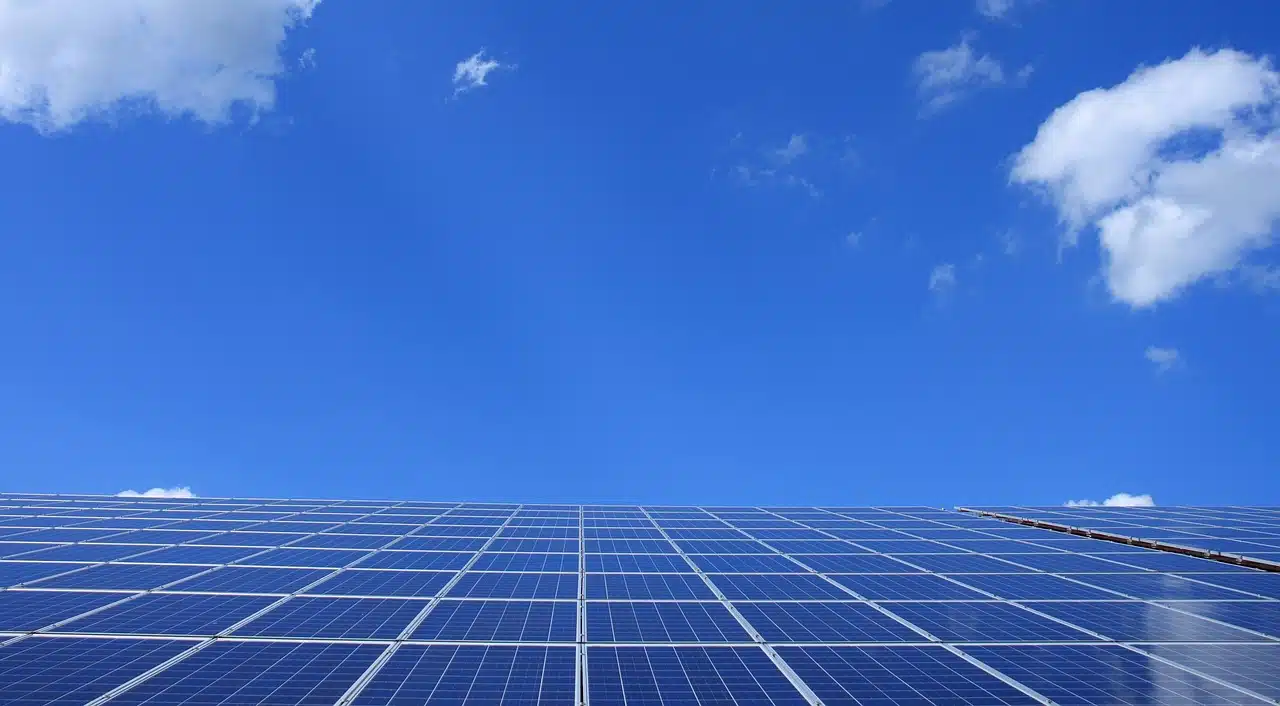South Africa’s state-owned power utility, Eskom, has revealed that it will exit coal completely and transition fully to cleaner energy sources by the year 2040.
The utility company made this disclosure in a statement on Wednesday, adding that it aims to scale up its renewable energy capacity to 32 gigawatts (GW) by 2040, a significant jump from its current capacity of less than 1 GW.
Eskom also said it plans to reduce its coal-based generation from 39 GW to 18 GW over the same period.
South Africa, which currently generates over 80% of its power from coal, recently secured a $2.2 billion commitment from World Bank–linked funds to accelerate the transition to cleaner energy.
The country is also a signatory to the Paris Accord, a global initiative targeting a 10–25% reduction in greenhouse gas emissions by 2030.
The repowering approach
To achieve the country’s goal, Eskom said its strategy involves a dual approach of repowering aging coal-fired power stations and developing new renewable energy projects.
The repowering entails replacing outdated coal-based equipment with modern renewable or gas-fired technologies.
The utility also explained that it has identified several coal plants, including Komati, for conversion into renewable energy sites.
The Komati Power Station, decommissioned in 2022, now serves as a pilot for integrating 150 MW of solar, 70 MW of wind, and 150 MW of battery storage.
In addition, Eskom said it will establish an in-house renewable energy business unit to oversee these projects and collaborate with private companies to accelerate implementation.
Financial and operational burden
Despite these ambitions, Eskom faces significant obstacles, primarily its 400 billion rands ($22.31 billion) debt burden, which hampers investment in clean energy infrastructure.
The utility also has growing debts owed by South African municipalities and uncertainties surrounding regulated power tariffs, which it claims are insufficient to cover operational costs.
These financial constraints, coupled with the technical challenges of integrating intermittent renewable sources into an aging grid, pose risks to achieving the 2040 targets.
In addition, Eskom’s coal fleet, which supplies over 80% of South Africa’s electricity, has exceeded its 40-year lifespan, further complicating the transition.
Implications for South Africa’s energy future
Eskom’s plan represents a critical step toward energy security and decarbonization in Africa’s most industrialized nation.
The utility’s focus on renewables, supported by initiatives like the Renewable Energy Independent Power Producer Programme (REIPPP), aims to reduce reliance on coal while fostering economic growth through job creation and private-sector partnerships.
However, overcoming financial and infrastructural challenges will be essential to meet these targets and ensure a just energy transition.

